As people slept soundly in their homes in the wee hours of Wednesday (May 7), the Indian Armed Forces carried out its most daring strikes in Pakistan and Pakistan-occupied Kashmir (PoK) under the codename Operation Sindoor.
The ‘ coordinated and precision’ strikes carried out by the Indian Army, Air Force and Navy took out 21 terror camps across nine locations linked to three major terror outfits — Maulana Masood Azhar’s Jaish-e-Mohammed (JeM), Hafiz Saeed’s Lashkar-e-Taiba (LeT), and Syed Salahuddin’s Hizbul Mujahideen (HM).
Following the completion of Operation Sindoor, the Indian Army posted on X, “Justice Served” — as the military action was part of a “commitment” to hold “accountable” those responsible for the Pahalgam terror attack of April 22 in Kashmir in which 26 people had been killed.
But even as India hailed Operation Sindoor’s success, Pakistan raised doubts about the efficacy of the strikes, with Pakistan Prime Minister Shehbaz Sharif calling it a “cowardly attack” and warned of further consequences.
Amid this, we analyse the impact of Operation Sindoor on the ground as well.
Terror camps reduced to rubble
Operation Sindoor took aim at five terror bases in PoK and four in Pakistan, targeting the terror groups of LeT, JeM and HM, which have long carried out attacks in India.
Of the 21 sites, the key targets were JeM’s headquarters, Markaz Subhan Allah, in Bahawalpur, and Muridke Markaz, which has long been considered the operational and ideological heart of the LeT, and infamous for being Pakistan’s “terror nursery. In fact, it is at this camp that 26/11 terrorists Ajmal Kasab and David Coleman Headley received training for the attacks.
Now, a day after the strikes, satellite imagery and videos reveal the extent of damage that India has caused to these terror bases.
Satellite images from Colorado-based Maxar Technologies captured both before and after the strike visuals, clearly show the impact of the operation at terror camps in Bahawalpur and Muridke, two major hubs of banned terror outfits.
Reuters reports that there was no loss of civilian life at the Bahawalpur camp as it had moved its students in recent days as speculation grew that it would be targeted by India. However, Masood Azhar, one of India’s most wanted terrorists and the chief of the JeM claimed that 10 members of his family had been killed in India’s strikes.
The terrorist said that he had lost his elder sister, her husband, a nephew and his wife, a niece, and five children from the extended family. “Ten members of my family were blessed with this happiness together tonight… five are innocent children, my elder sister, her honourable husband. My scholar Fazil bhanje (nephew) and his wife and my beloved scholar Fazilah (niece)… my dear brother Huzaifah and his mother. Two more dear companions,” he said, saying that those killed have become the guests of Allah.
Operation Sindoor kills terrorists
In addition to striking at the hearts of the terror infrastructure in Pakistan and PoK, Operation Sindoor also wiped out numerous 70 terrorists, with no civilian loss of life.
India’s Defence Minister Rajnath Singh stated that Operation Sindoor eliminated those who targeted and killed innocent civilians. “The operation reflects not just our military precision but also our moral restraint. In the words of Lord Hanuman: ‘Jin mohi maara, tin mohi maare’. This means we struck only those who harmed our innocents,” he said.
In the all-party meeting on Thursday (May 8), he is quoted as saying that around 100 terrorists were eliminated. “In Operation Sindoor, precise strikes were carried out on nine terrorist hideouts. Around 100 terrorists were killed. Confirmed information is still awaited, and counting is ongoing," sources quoted the government as having informed the all-party meeting.
Top security sources also added that restraint was exercised in selecting targets and executing the operation.
Reports have also come in that India’s strikes managed to eliminate JeM terrorist Yaqub Mughal, head of the Markaz Syedna Bilal camp in Muzaffarabad. This base has a presence of 50-100 terrorists, and was used as a training centre for the JeM cadre.
‘The sky turned red’
Residents of Pakistan and PoK have described the moment they saw Indian missiles rain down on Wednesday night as part of Operation Sindoor. A local in Pakistan’s Muridke said he saw four drones. “It was around 12:45 in the night. We were asleep… one drone came first, followed by three other drones, and they attacked the mosques… everything is destroyed,” he said while speaking to news agency Reuters.
Another witness added, “We were sleeping on the roof. The first missile came with a loud sound. Three more followed, and one even passed directly over us. The sky lit up and it felt like the sky turned red.”
Most locals added that there was still fear and panic amongst them, as they were unsure of what the future holds.
Impact of Operation Sindoor
Besides the physical damage that Operation Sindoor has caused to terror camps, the Indian strikes have also sent a strong message to the world. In the press briefing, Indian officials stated that Operation Sindoor was not just about the terrorist attack in Pahalgam last month. Rather, it was a response to all significant acts of terrorism sponsored by Pakistan since the attack on Parliament in 2001. a
Analysts believe it’s a huge blow to Pakistan and its image on the global stage. Operation Sindoor severely diminishes Pakistan’s ability to hide behind the lack of conclusive evidence to show the Pakistani state’s complicity in terror attacks against India.
Security analyst Aadil Mir also told ANI: “India has crossed two significant thresholds… striking multiple sites and targeting Pakistan’s heartland. This goes far beyond 2019.”
Additionally, Operation Sindoor has pretty much ended the old India-Pakistan relationship. There is little chance of relations going back to the old format of comprehensive/composite dialogues, discussions on Kashmir, people to people cooperation etc. Even the start of conversations to establish normal relations with Pakistan will take considerable time and effort.
With inputs from agencies


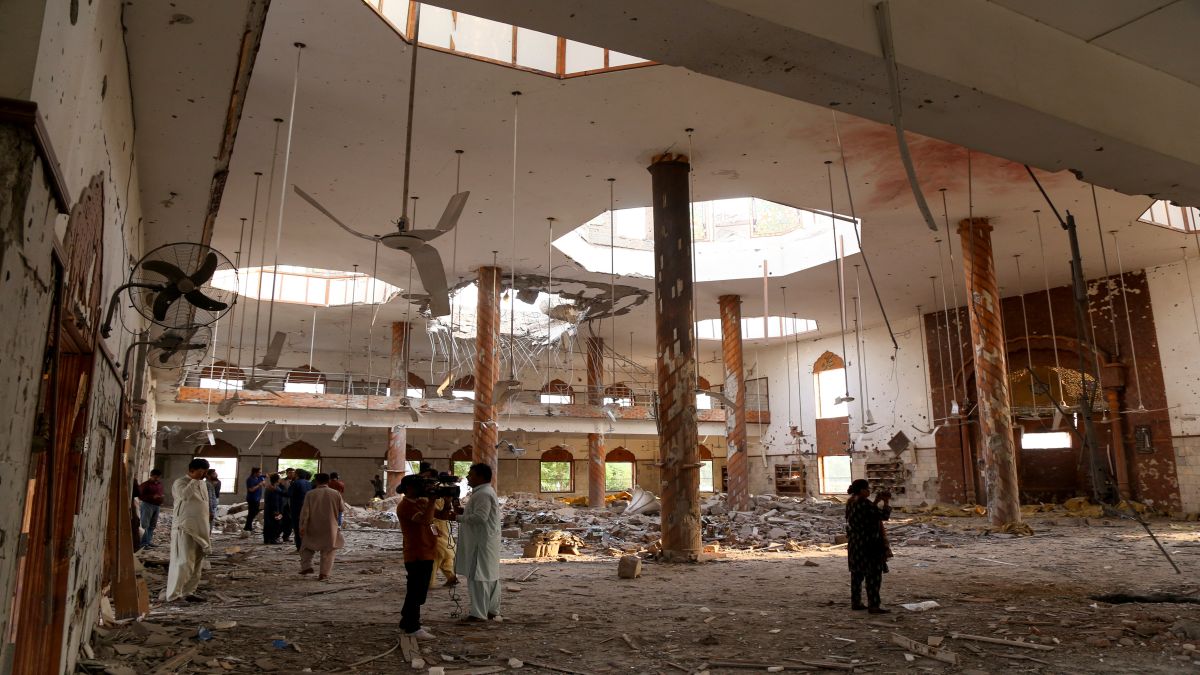)
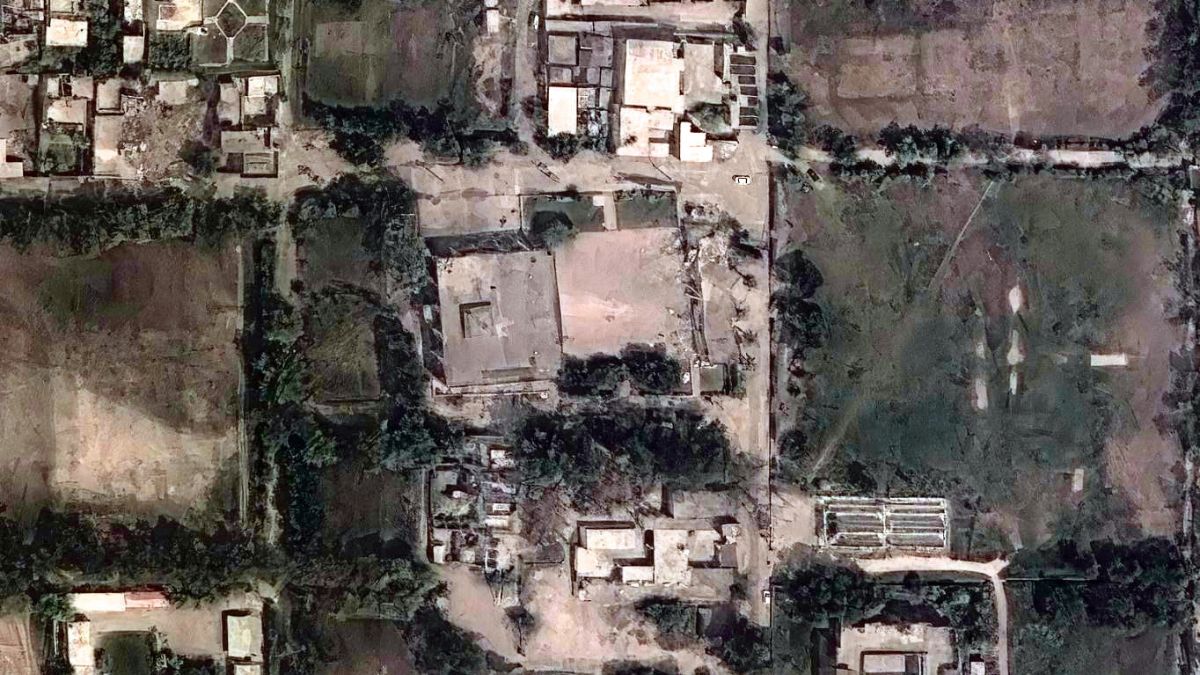)
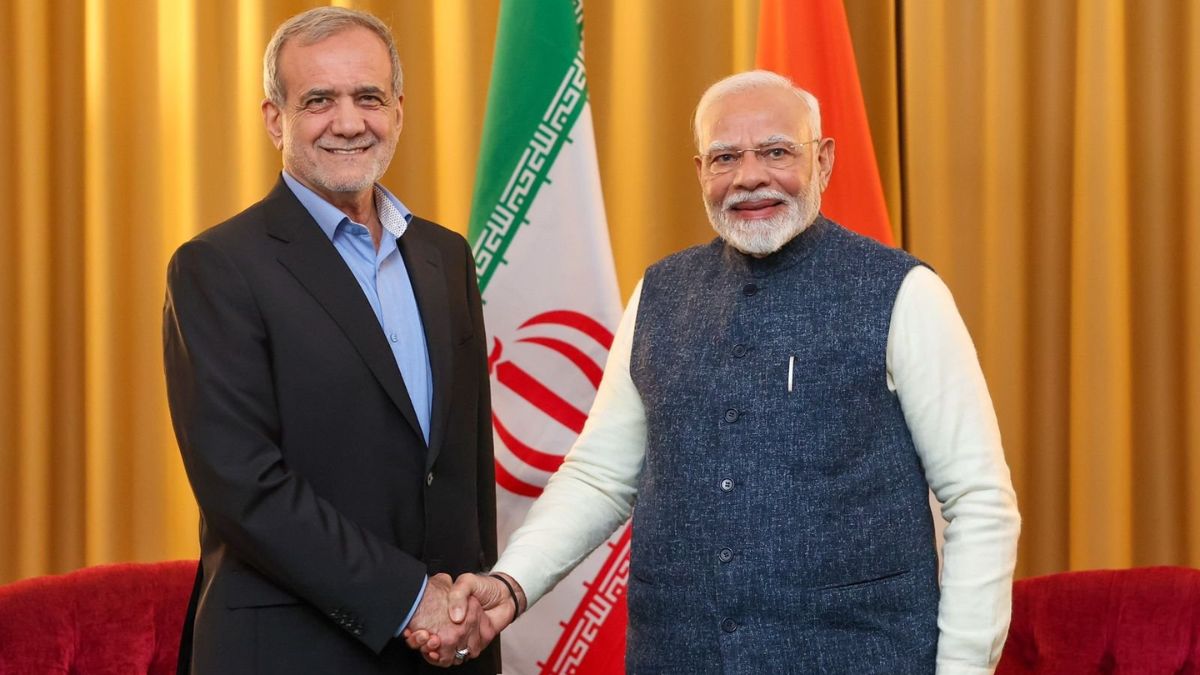)
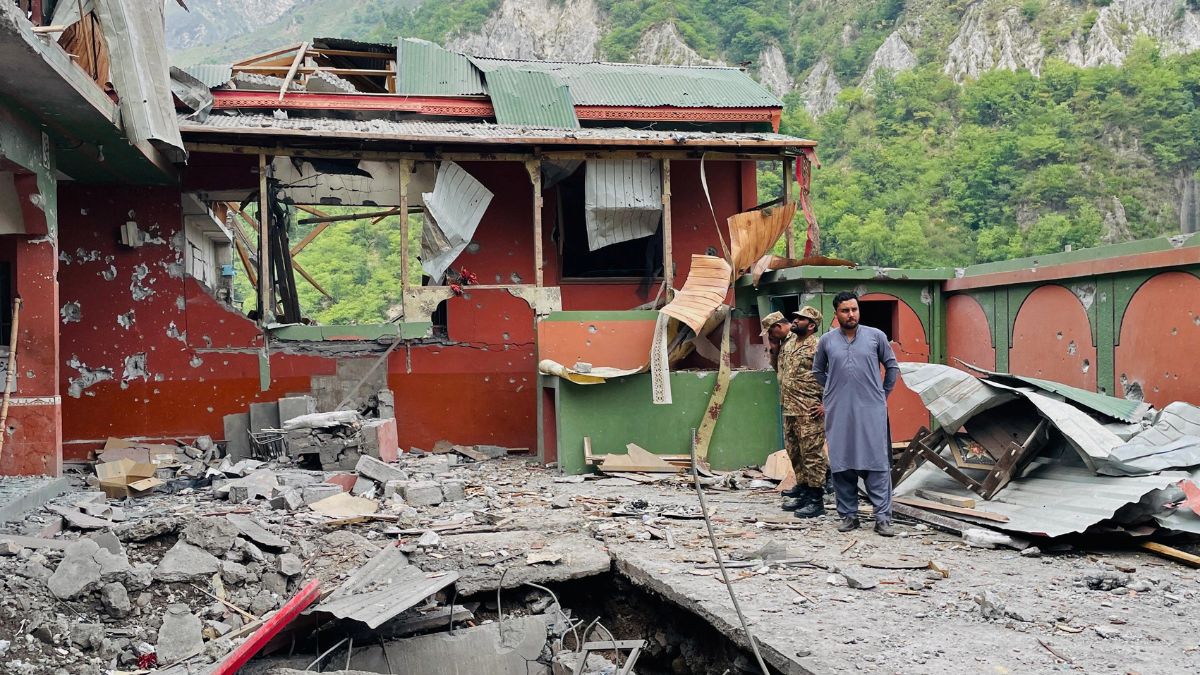)
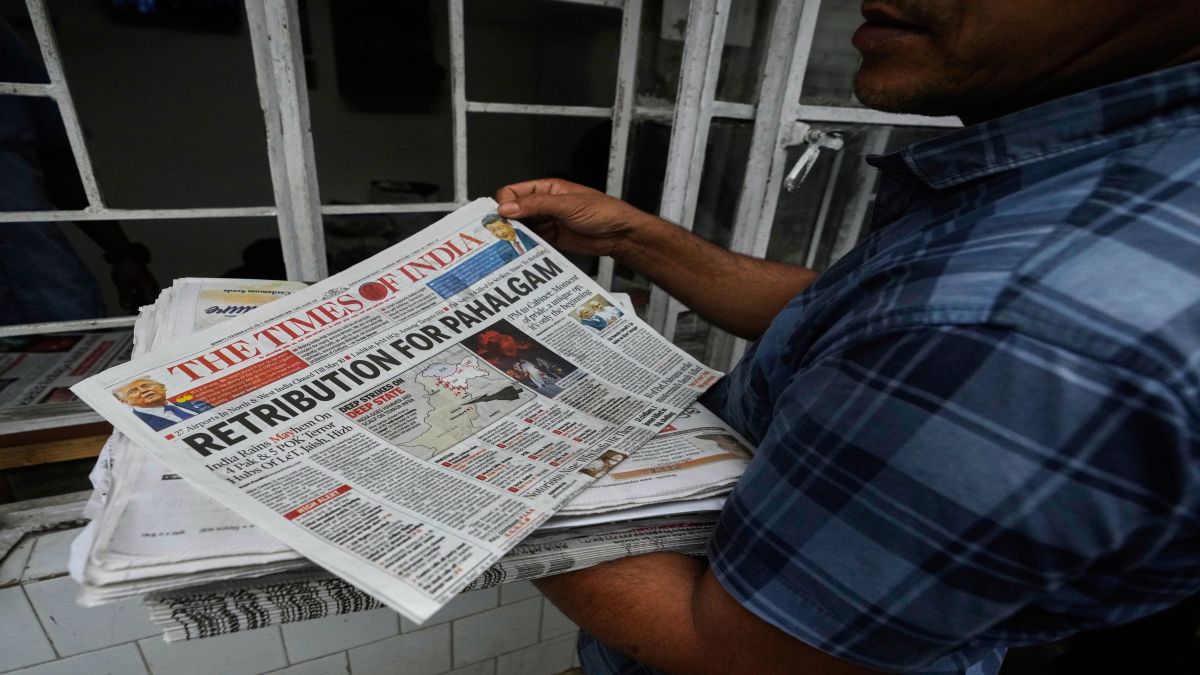)
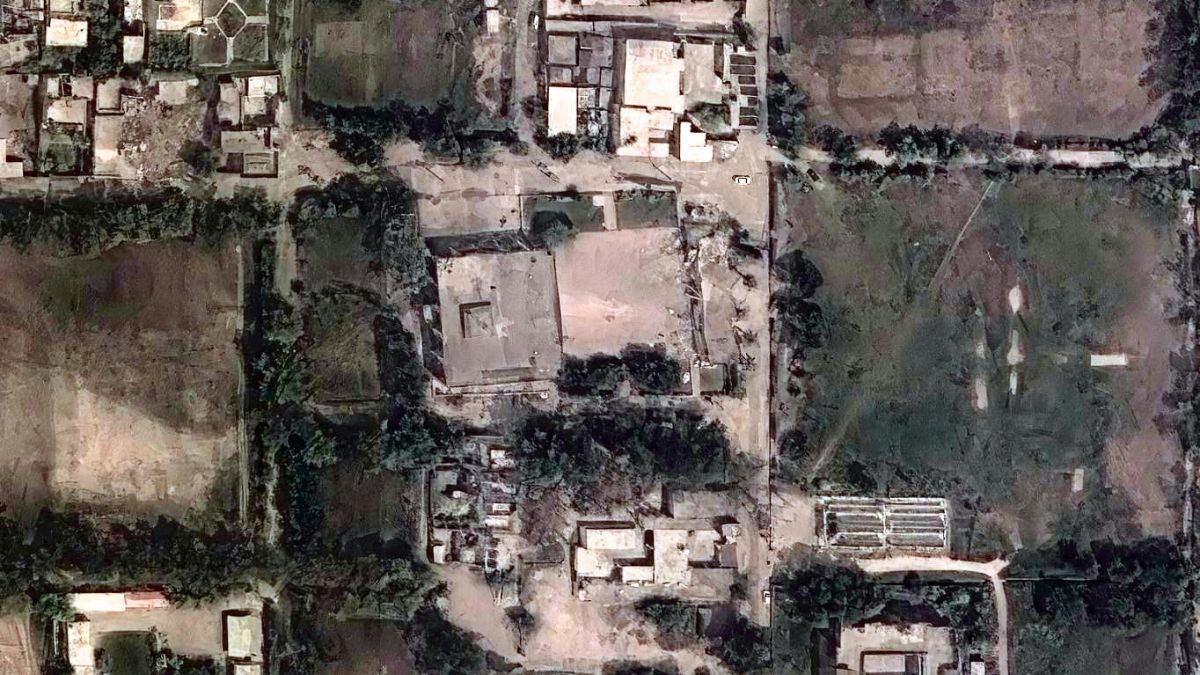)
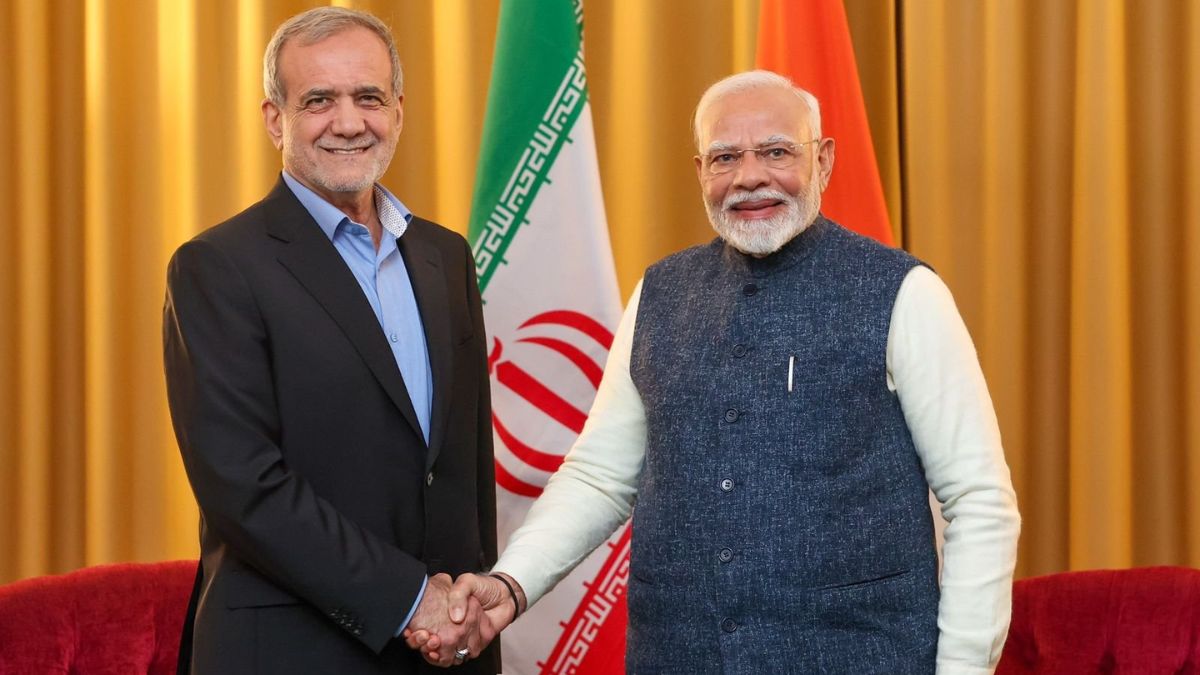)
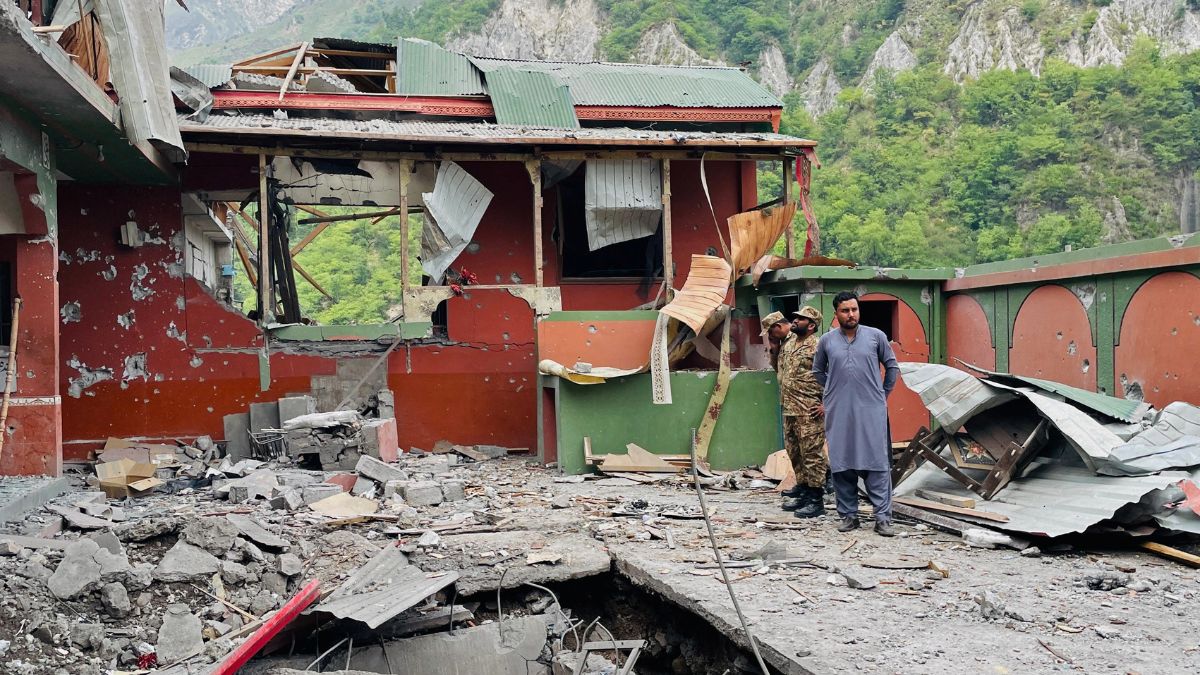)
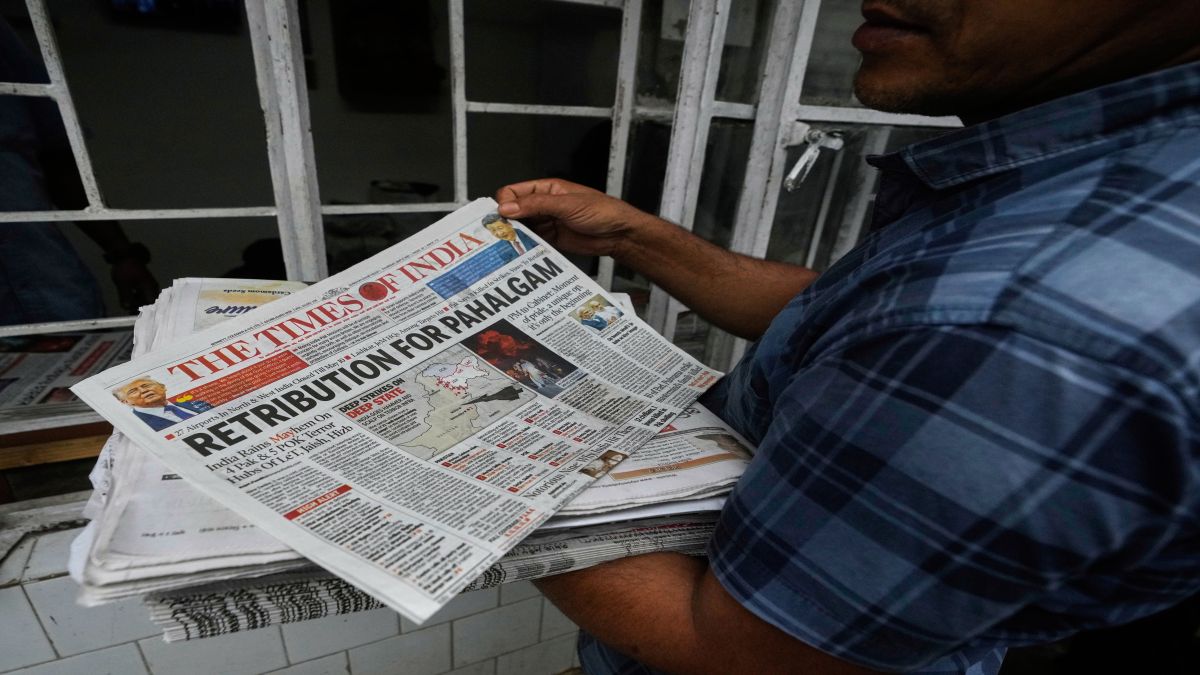)